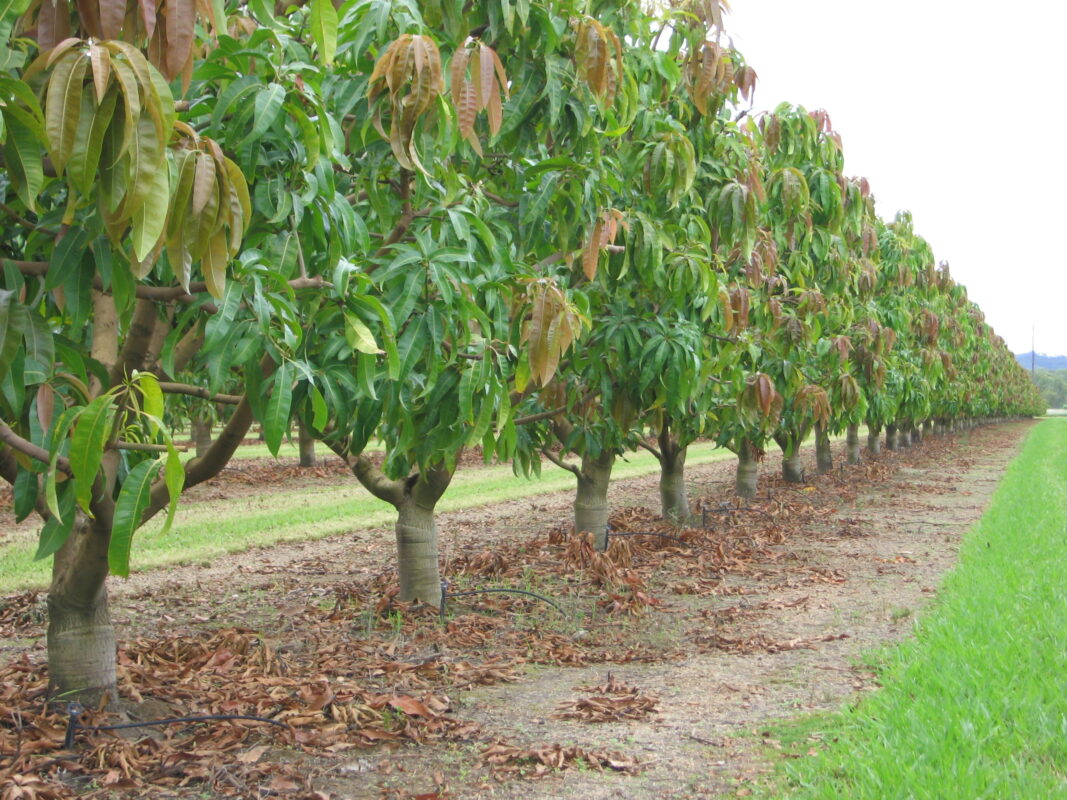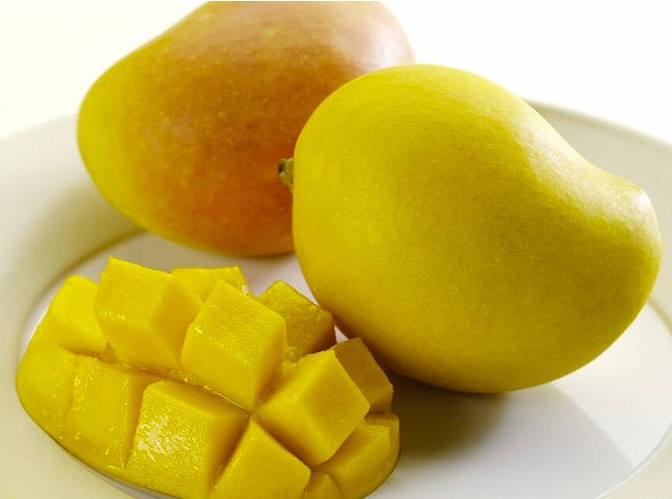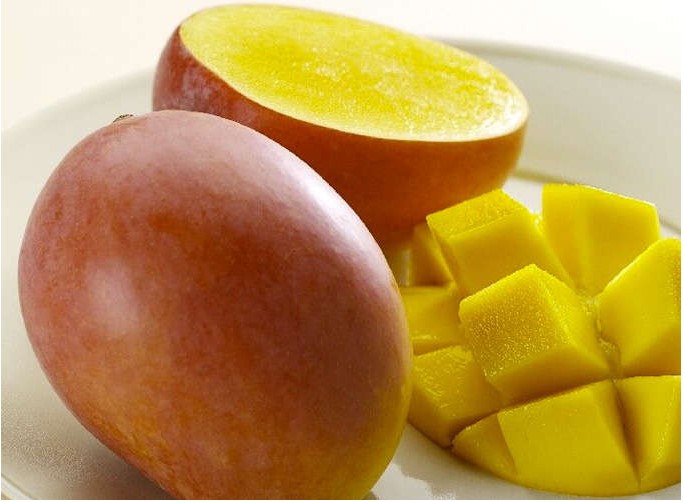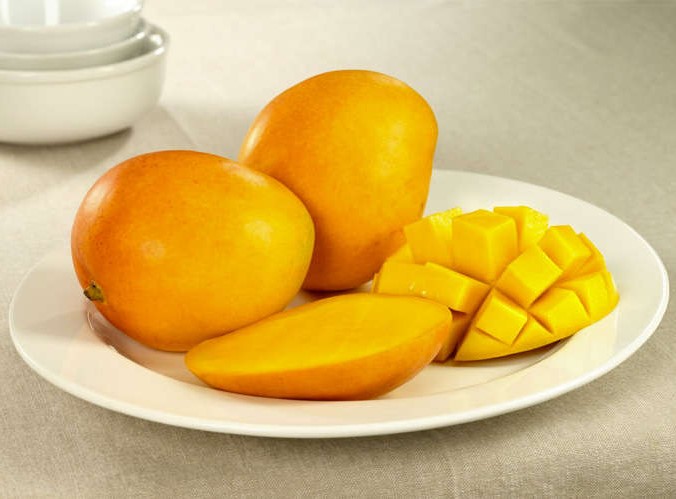It Takes Two to Mango When you think of summer, Australian mangoes come to mind for their sweet aromas and rich flavours, which are sure to get those taste buds dancing. We take a look at the iconic summer fruit and where you can find work for the harvest season.

Delicious mangoes have been grown in Australia since the 1800s, but they were first cultivated in India more than 4000 years ago and known as a symbol of love and friendship. India produces 24.7 million tonnes of mangoes, which is almost half of global mango production, but only exports around 1%.
Mangoes are related to cashews and pistachios and belong to the Anacardiaceae family of trees, with some older varieties growing up to 35 metres high. The oldest mango tree in Central India is believed to be over 300 years old and is still producing fruit.
Growing Regions
Australia has nearly 16,000 hectares of mango trees throughout the north. Queensland and the Northern Territory grow 98% of Australian mangoes, producing over 50,000 tonnes annually. Market shelves are stocked with the delicious Australian-grown fruit from September through March.
The mango harvest begins in Darwin in the Northern Territory in September and goes until November. Queensland starts its harvest in the Whitsunday and Burdekin regions in late October. It continues until March in Mareeba and Dimbulah, located just west of Cairns. With growing regions so close to tourist destinations, it makes mango harvesting an ideal job for those seeking a summer paradise in their downtime.
Mango Varieties
Australian growers produce four main mango varieties for the fresh fruit market.
Kensington Pride

Kensington Pride, which is also known as KP or Bowen, makes up 43% of production. Bowen was the first town where the variety was discovered, and it is only grown commercially in Australia. Kensington Pride trees can be grown from either a seed or grafted, and will take 1 to 3 years after planting to start fruit production.
Calypso

Calypso is the next most popular variety grown, making up 25% of production. It is recognised for its yellow-orange skin with pink blush and smaller seeds. The seeds of a Calypso mango will not produce fruit if planted. Propagation is achieved by grafting with Kensington Pride rootstock.
R2E2

R2E2 is a large round-shaped mango with a sweet fresh flavour. The unique name comes from the row and position of the tree at the Queensland Department of Agriculture and Fisheries research facility in Bowen, where the variety was developed.
Honey Gold

Honey gold makes up 8% of production and is known for its rich, sweet flavour and brilliant golden yellow/orange skin. The variety was discovered by chance by a grower in the Rockhampton region of Queensland in 1991, and the original tree still produces fruit.
Harvesting Mangoes
Mangoes are picked using various techniques depending on the orchard and size of the trees. Some farms require platforms or ‘cherry pickers’ to reach fruit the ground crew cannot get. The fruit can be cut with secateurs or picking sticks, or snap-picked before being placed into a mango wash.

The wash is an essential process in harvesting mangoes due to the sap of the fruit. This sap can burn the fruit’s skin or potentially burn the picker’s skin. Correct picking techniques help prevent sap burns to the fruit, the picker and other workers.
Work and play during the mango harvest.
Mango harvest is on now, with vacancies currently being listed on the Harvest Trail jobs board or find out more about mango harvest work here: https://www.workforceaustralia.gov.au/individuals/coaching/careers/harvest/crop/6
Contact our friendly staff at the Harvest Trail Information Service Call Centre on 1800 062 332 for more information on the mango harvest.
